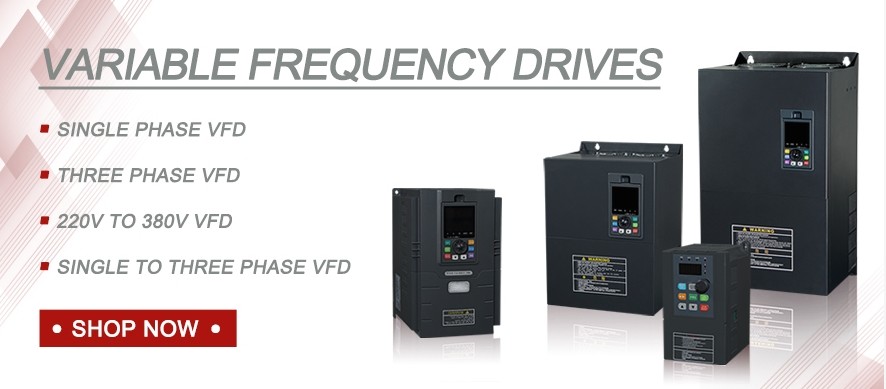

ATO air quality monitors are pocket-sized laboratories that put the chemistry of the air you breathe onto a bright 2.8-inch TFT screen in about three seconds. Inside the ABS case a high-speed ARM processor orchestrates four independent sensors: a laser-scatter module for PM1.0 / PM2.5 / PM10, an electrochemical cell for formaldehyde (HCHO), a heated MOS bead for total VOCs, plus temperature and humidity elements. The data are converted into a 0-500 Air Quality Index and updated in real time; if HCHO drifts above 0.08 mg/m³ or TVOC above 0.60 mg/m³ an audible alarm warns that ventilation or filtration is required .
ATO air quality monitors are pocket-sized laboratories that put the chemistry of the air you breathe onto a bright 2.8-inch TFT screen in about three seconds. Inside the ABS case a high-speed ARM processor orchestrates four independent sensors: a laser-scatter module for PM1.0 / PM2.5 / PM10, an electrochemical cell for formaldehyde (HCHO), a heated MOS bead for total VOCs, plus temperature and humidity elements. The data are converted into a 0-500 Air Quality Index and updated in real time; if HCHO drifts above 0.08 mg/m³ or TVOC above 0.60 mg/m³ an audible alarm warns that ventilation or filtration is required .
The monitors are genuinely portable: a 400 g, 90 × 90 × 50 mm block that slips into a coat pocket and runs 6–8 h on the built-in 2 000 mAh Li-ion battery. One-button auto-calibration eliminates the learning curve, while a 100 m² effective detection radius lets a single unit survey a nursery, office cubicle, car cabin or hotel suite in minutes. Industrial buyers use the same hardware to check emission compliance around paint booths, plywood presses or chemical storage; homeowners track post-renovation off-gassing or confirm that a new air purifier is actually pulling PM2.5 below the WHO guideline of 15 µg/m³ .
Our products are based on outdoor formaldehyde-free air sampling, and then taking the formaldehyde concentration in the indoor air as the comparison. Therefore, the new machine which is not used for a long time and the detection of ambient temperature changes requires calibration before testing. This calibration value has a great correlation with the subsequent detection accuracy. Calibration environment must avoid fragrances, perfumes, paints, cigarettes, air fresheners, alcohol and other chemical pollutants, so as not to damage the sensor
In summary, good maintenance practices can significantly extend the service life of air quality sensors and ensure the reliability of monitoring data. By regularly cleaning, controlling the environment, calibrating, managing power, and updating software, you can effectively reduce the risk of failure and maintain the sensor's optimal performance. If you notice a significant decline in sensor performance or irreparable faults, it is recommended to contact ATO.com or a professional technician for assistance. If necessary, replace the sensor to ensure the accuracy and continuity of air quality monitoring.
